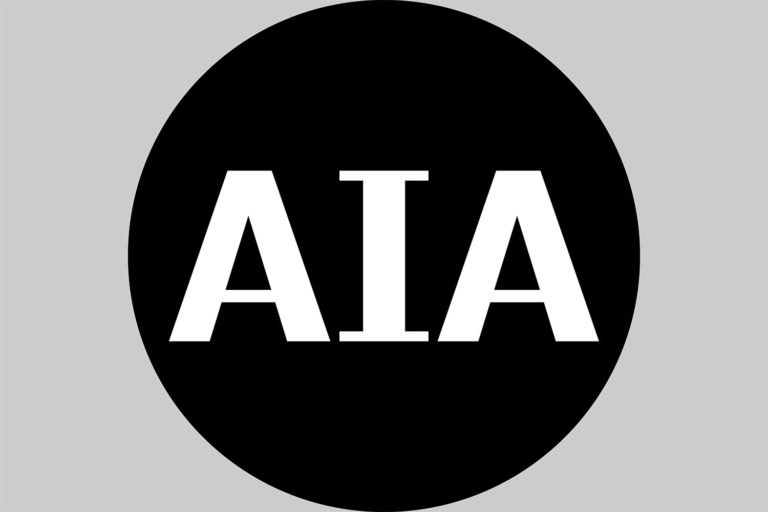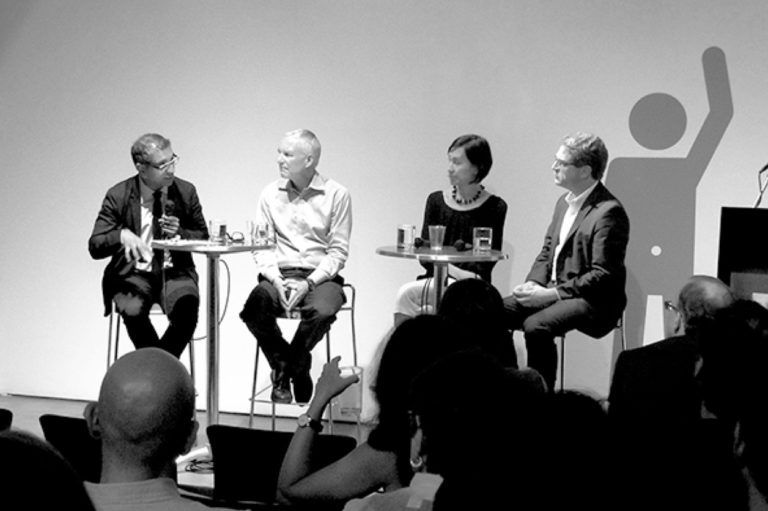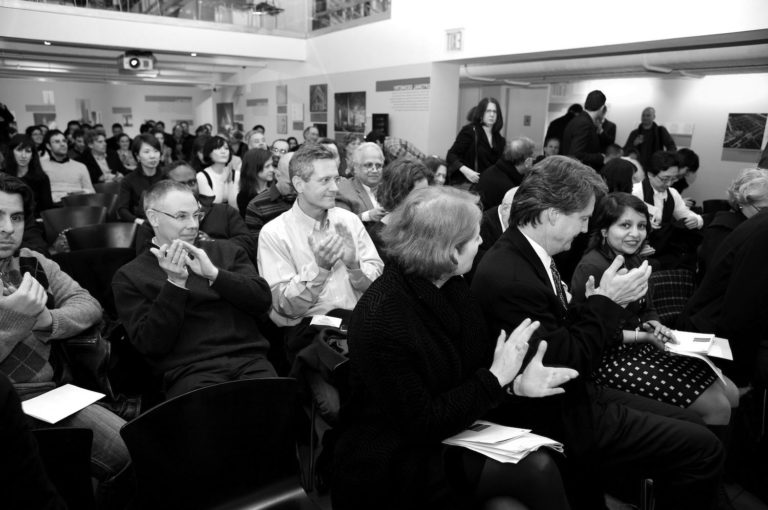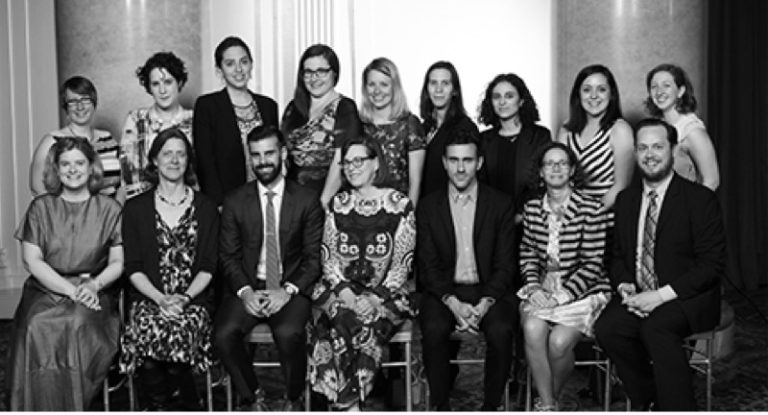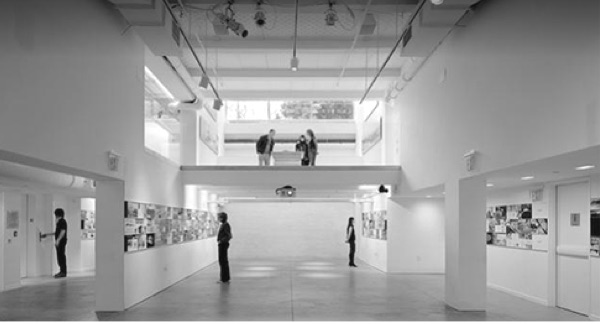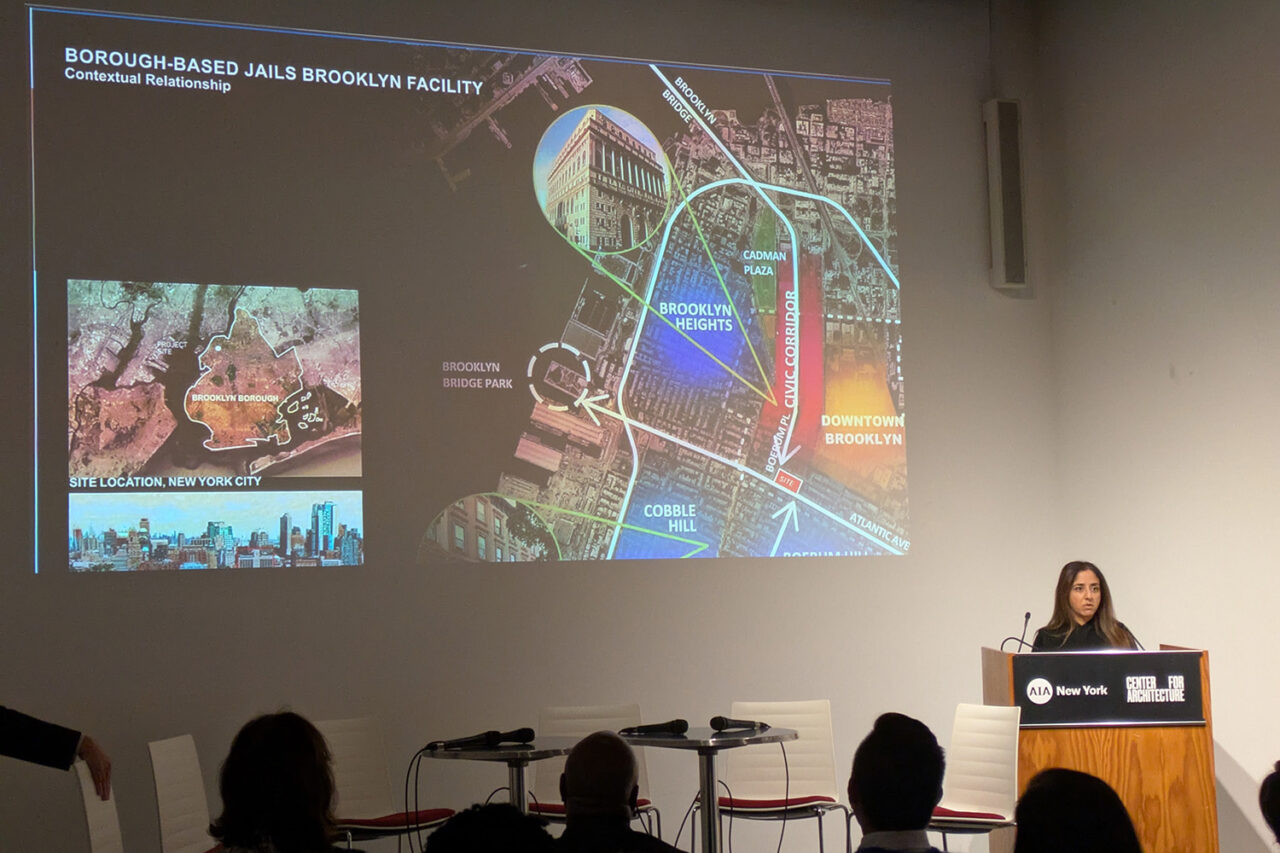by: Dora Blount, Samantha Dixon, Ewan French, and Maha Idrees
by Dora Blount, Samantha Dixon, Ewan French, and Maha Idrees
This year’s first AIANY Civic Leadership Program public session, Building Justice: The Limits and Possibilities of Design, invited practitioners from across the fields of architecture, psychology, and justice reform to examine the uneasy relationship between design and incarceration. The event explored the tension—outlined by the 2020 AIANY Criminal Justice Facilities statement—between improving justice buildings within the current system as a step toward reform, and rejecting that system altogether in favor of restorative, community-based alternatives.
A number of the speakers are involved in the design of the Borough Based Jails (BBJ) Program initiative, the next iteration of New York’s justice system to replace Rikers Island. These practitioners discussed what it means to make these environments safer and more humane: designing spaces with daylight and visibility, creating reception areas that feel less punitive, and accounting for an aging incarcerated population. If jails are to remain for decades, they asked, shouldn’t they at least affirm the humanity of the people who move through them—staff, visitors, and especially the incarcerated population?
Other speakers questioned the premise of incarceration altogether. They spoke of restorative justice, reentry housing, and community infrastructure as alternatives to the current system, which seems to prioritize not just separation of inmates from the general public, but punitive conditions designed for suffering. Architecture, they argued, has too often been a tool of control, shaping not only buildings but the social hierarchies embedded within them. True justice design, in this view, demands shifting the focus from containment to connection, from punishment to rehabilitation.
When discussing the complex planning required for the closure of Rikers Island (an initiative there seemed to be consensus for), one speaker called it a “wicked problem”—an entanglement of social, economic, and political forces that makes a “perfect” approach impossible for BBJ. Another described jails as “total institutions”—places that regulate every aspect of daily life, shaping not only behavior but identity.
In addition to the abolitionist challenge to BBJ, questions were raised about how well the institutions would be able to maintain the conditions presented in the glossy architectural renderings. One speaker noted that even within the current system, “good jails” aren’t about the form, but the substance such as the education systems and other services within them.
The evening left room for contradiction rather than closure. Reformists and abolitionists both presented their distinct efforts to confront systemic harm, each striving toward a more just alternative, differentiated largely by their timelines for change. The event concluded with a participatory workshop, encouraging attendees to share perspectives on how the architecture and design community can advance equity, dignity, and humanity within the justice system.
Speakers:
Aman Krishan, AIA, CoA, LEED GA, Design Principal, HOK
Allan Co, AIA, AICP, Designing Justice + Designing Spaces; Founder, Crescere Collaborative
Beverly Prior, FAIA, LEED AP, NCARB, DBIA, Vice President, Senior Program Manager, Borough Based Jails Program, AECOM-Hill Joint Venture
Jeff Goodale, AIA, NCARB, Senior Principal, Director of Civic + Justice, HOK
Patrick Stephens, MPS, Youth Services Leadership Fellow, Center for Community Alternatives
Dr. Paula Kliger, PhD, Clinical Psychologist, Thinc Design; Founder, Psychological Assets
CLP Session Curators:
Dora Blount, Senior Design Liaison, NYC Department of Design and Construction (NYCDDC)
Ewan French, Senior Sustainability Consultant, Buro Happold
Maha Idrees, Deputy Design Manager, AECOM
Samantha Dixon, Assoc. AIA, Architecture Teaching Specialist, Harlem Children’s Zone
